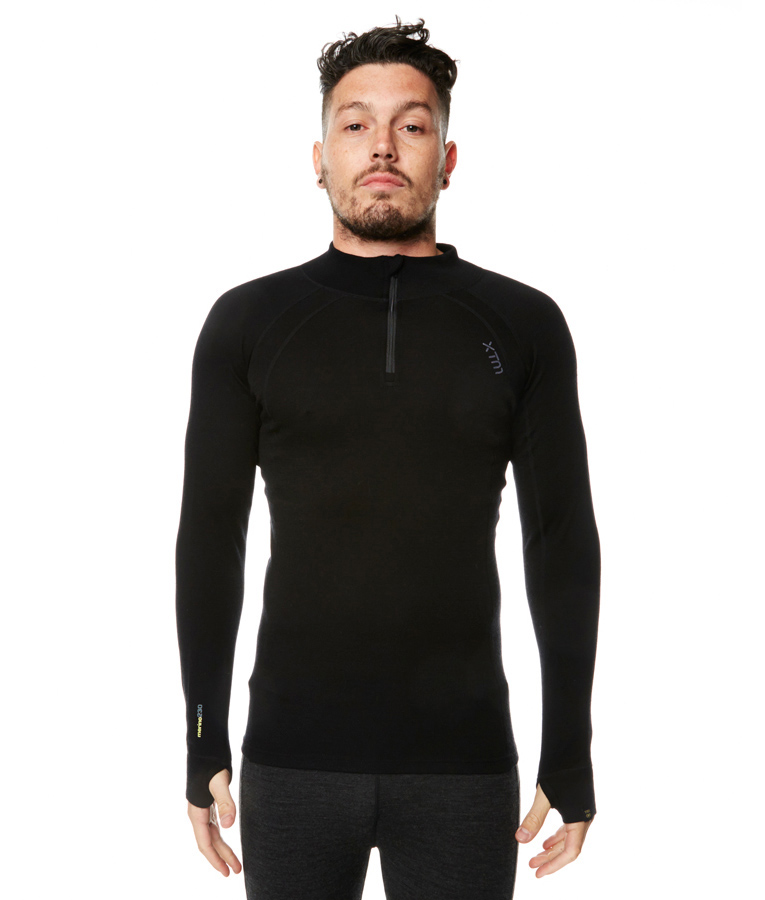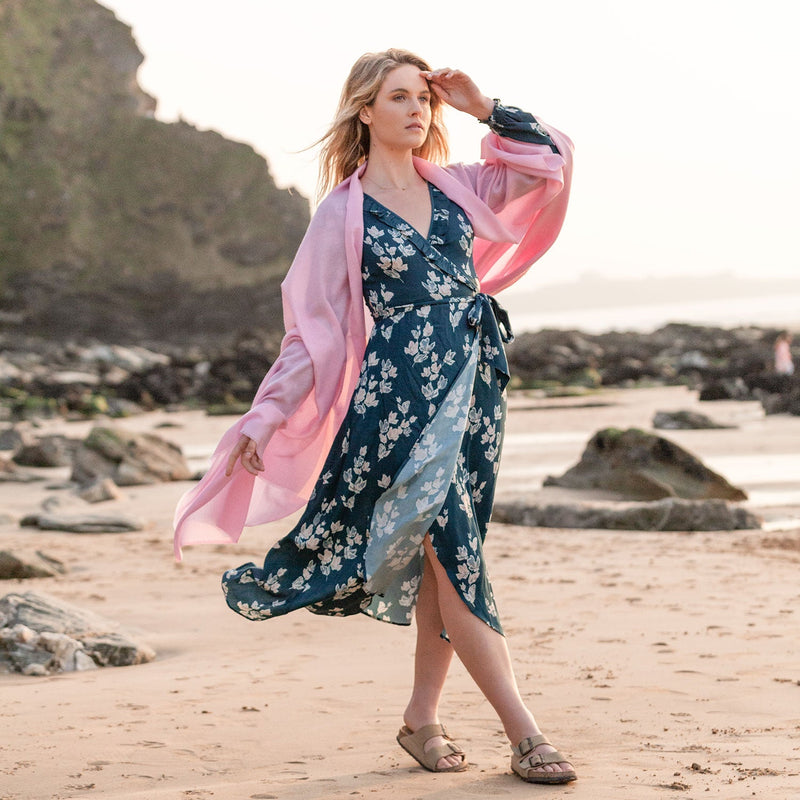Awesome Merino Wool Base Layers Info
Wiki Article
What Makes Yak Wool Base Layers Effective For Winter Sports Apparel In Terms Of Warmth/Temperature Regulation, Moisture Management, Comfort And Durability?
The base layer made from yak merino is ideal for winter sports clothing because it combines factors that improve temperatures, warmth, moisture management and comfort.
Insulating Properties: Both yak and Merino wool are naturally insulation. Yak fibers are hollow and absorb heat to provide warmth. Merino Wool is known for its superior insulation.
Controls body temperature - The fabric is breathable and can help to regulate body temperature by retaining heat in cold temperatures.
Moisture Management-
Merino Wool is Moisture Wicking. Merino's moisture wicking properties draw moisture off the skin, dispersing it and preventing sweat accumulation. Yak wool aids in transferring water, and keeps the wearer dry and comfortable when performing intense workouts.
Comfort-
Softness Merino wool is known for its soft, fine fibers that are soft on the skin and less likely to cause irritation. Adding yak fibers to the mix, which are also soft, increases the comfort.
Odor Resistant - Both types of wool are antimicrobial and have natural properties which help to reduce the growth of bacteria that cause odor. They also help keep the clothes fresh.
Durability-
Resilience and Strength- Yak wool is innately robust, and when paired with the tenacity of Merino wool, the material is sturdy and resistant to wear and tear, making it suitable for demanding activities.
Natural Fiber Benefits-
Renewability - Merino and Yak Wool are biodegradable, renewable fibers, making them eco-friendly.
The wool's natural properties permit wool to adjust to various conditions of weather and perform even in dry and damp environments.
By combining wool and yak this fabric is able to take advantage of both materials' strengths in providing warmth, controlling temperature, managing humidity and comfort, while offering toughness. This makes yak and merino wool-based base layers suitable for winter sportswear. They are designed to meet the demands of outdoor sports in cold climates while also keeping the wearer warm and dry. Follow the top rated merino wool base layer recommendations for more examples including merino wool underwear womens, wool layers, best base layer for skiing women's, long johns for skiing, best base layer for skiing, skiing mid layers, airblaster merino ninja suit, merino ninja suit, wool thermals womens, merino wool thermals women's and more.

What Are The Benefits Of Wearing Bamboo Clothing For Outdoor Clothes For Warmth, Comfort, And Sustainable?
Bamboo clothing has many advantages when it comes to outdoor winter clothes in terms of comfort, sustainability and safety. Comfort-
Bamboo fabric is smooth and soft, that makes it gentle on the skin. Bamboo fabric is frequently compared in terms of the luxuriousness of cashmere and silk.
Bamboo fibers are wicking moisture, which means they draw water away from your skin, keeping you comfortable and dry.
Thermal Regulation- Bamboo clothing has natural temperature-regulating properties, providing warmth in winter while remaining breathable to prevent overheating.
Sustainability-
Bamboo is a sustainable resource. It is able to grow quickly without pesticides or chemical fertilisers. It is quick to regenerate and is a suitable option for clothing that is sustainable.
Bamboo has a minimal environmental impact. It requires less soil and water nutrients than cotton. Bamboo also absorbs more CO2 and releases more oxygen into the air when compared to other species.
Protection for Outdoor Wear-
UV Protection- Bamboo fabric is naturally UV-resistant that provide natural protection against harmful UV ultraviolet rays.
Antibacterial Properties- Bamboo contains an antimicrobial substance that is known as "bamboo kun," which can help to stop the growth of bacteria that cause odor making clothing more fresh for longer durations, particularly during outdoor activities.
The Other Benefits
Durability Bamboo fibers are robust and durable, making them perfect for outdoor wear.
Biodegradability: Bamboo clothing can be biodegradable, meaning it will break down on its own at the end of their life cycle. This helps reduce environmental impact.
In winter outdoor clothing, bamboo fabric offers an array of comfort, thermal regulation and moisture management as well as sustainability. This makes it a popular choice for those seeking eco-friendly and performance-oriented clothes. Check out the top bamboo clothing recommendations for site examples including bamboo cay shirts christmas, bamboo t shirts wholesale, rayon from bamboo fabric, dixxon bamboo shirt, freefly summer hoodies, yala pajamas, bamboo shorts womens, women's freefly apparel, ladies bamboo pants, bamboo clothing for women and more.

What Is The Difference Between Merino And Bamboo Clothing Compare With Regular Wool?
Merino wool layers, bamboo clothing, and regular wool have distinct features that distinguish them from other wools. Merino Wool-
Softness Merino is known for having fine soft fibers that are easy to wear. It is less likely than conventional wool to cause irritation and itching.
Moisture-Wicking Merino wool is extremely wicking properties, removing moisture from the skin while allows it to evaporate, keeping the wearer comfortable and dry.
Insulation Merino wool provides exceptional warmth even in wet conditions. It regulates body temperatures by providing insulation and breathability to prevent overheating while exercising.
Odor Resistance - It is an anti-bacterial ingredient in nature that blocks the growth of bacteria which keeps clothes fresh and smelling good even after prolonged wear.
Bamboo Clothing
Softness- Bamboo clothing is well-known for its soft and silky texture, frequently compared to silk or cashmere. It's a gentle material that provides a comfortable wearing experience.
Bamboo fabric is wicks moisture away properties that draw out moisture and keeps you dry.
Temperature Regulation- Bamboo clothing has natural temperature-regulating abilities, offering warmth in winter and breathability to prevent overheating.
Sustainability- Bamboo is an extremely renewable resource that can grow rapidly, without the use of pesticides. It is biodegradable, and has a low impact on the environment.
Regular Wool
Texture. Wool is traditionally available in a range of textures. Some are coarser and may cause irritation or itchiness.
Warmth- Wool provides excellent insulation, but can feel bulky and heavy.
Moisture Absorption - Wool can absorb moisture, which makes it less effective at wicking moisture when compared with merino wool or bamboo fabric. Wool keeps its warmth even when damp.
Merino wool is soft and is extremely moisture-wicking, resists odors, and provides insulation. Bamboo clothing is a luxurious and breathable feeling. It also regulates temperature and is eco-friendly. Wool comes in many textures, and may not have the same softness and ability to wick moisture as bamboo or merino, yet it provides warmth and insulation. Each wool type is distinct and caters to different winter clothing preferences. Check out the top rated koraoutdoor.com winter clotihng for blog tips including snow base layers, ice breaker thermals, wool base layer, first lite merino wool base layer, smartwool merino 250, warmest base layer for skiing, merino wool base layers, icebreaker baselayer, patagonia merino wool base layer, wool long underwear women's and more.
